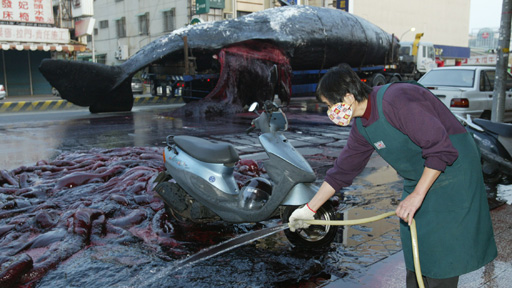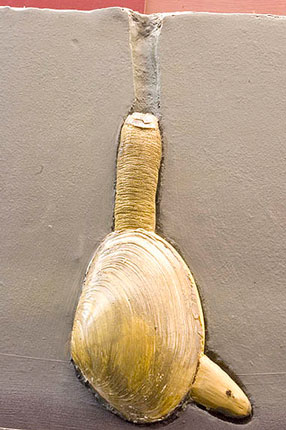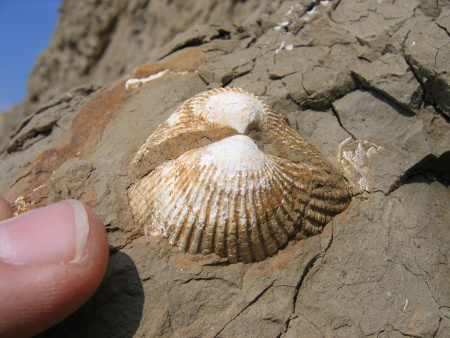Propose and vote for questions or topics to cover during the face-to-face session.
Taphonomy
The processes of decay and preservation
Understand the processes that occur between an organism’s death and its recovery as a fossil
Evaluate the effects of preservational biases on fossil assemblages
Appreciate how information can be gained as well as lost by taphonomic processes




